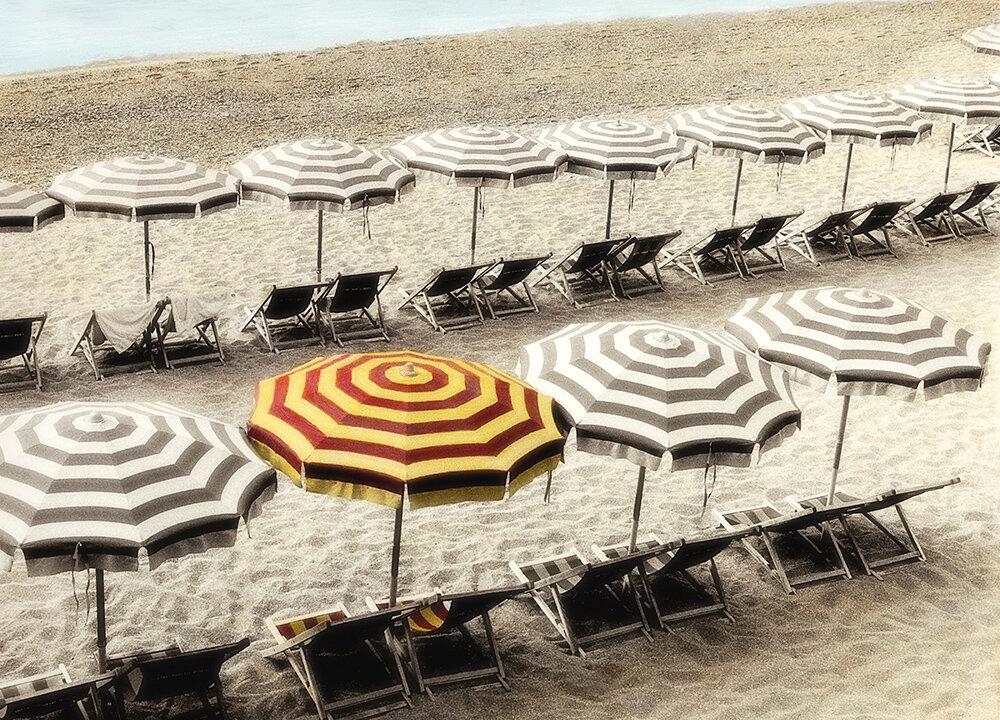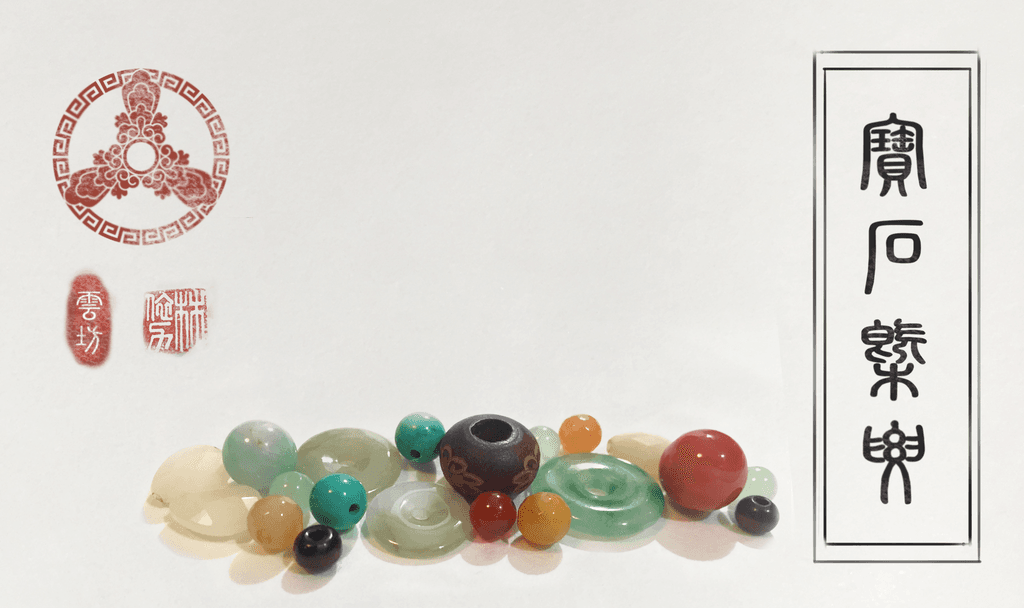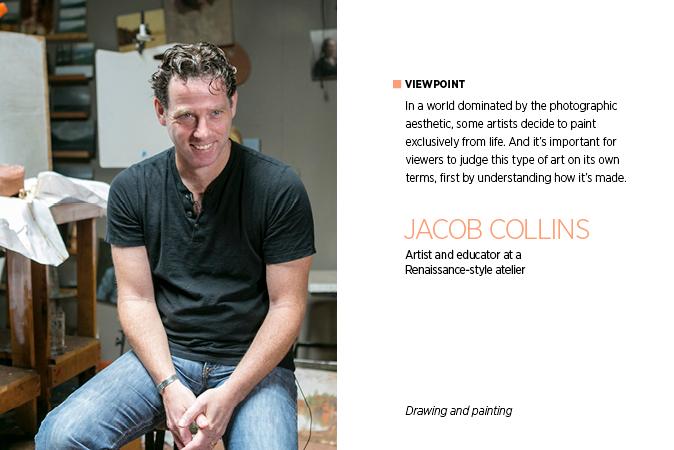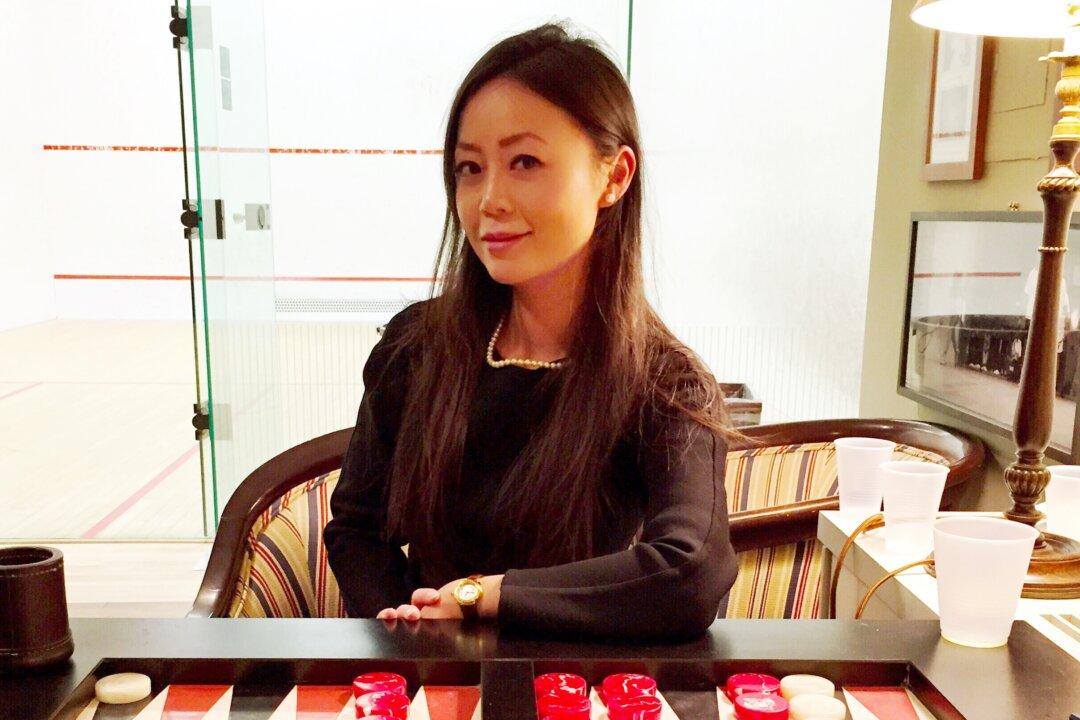This is part 8 of a 9-part series. To see the full series, see At The Confluence
The increasing prevalence of photography has fundamentally changed the way representational art is created and perceived in the modern day. At the Confluence examines how some of today’s artists have responded to the shift.
Hand-colored photographs are something of a lesser-known hybrid of the realist art world. First, a photograph is taken, either digitally or on film, and then it is printed from a computer or developed in a darkroom. Photoshop or some photochemical magic can be applied at this point to create effects on the image. Finally, the resultant photograph is worked over in specially developed oil paints, pan pastels, or inks.

A before-and-after comparison of a hand-colored photograph by Dianne Poinski. Courtesy of Dianne Poinski







